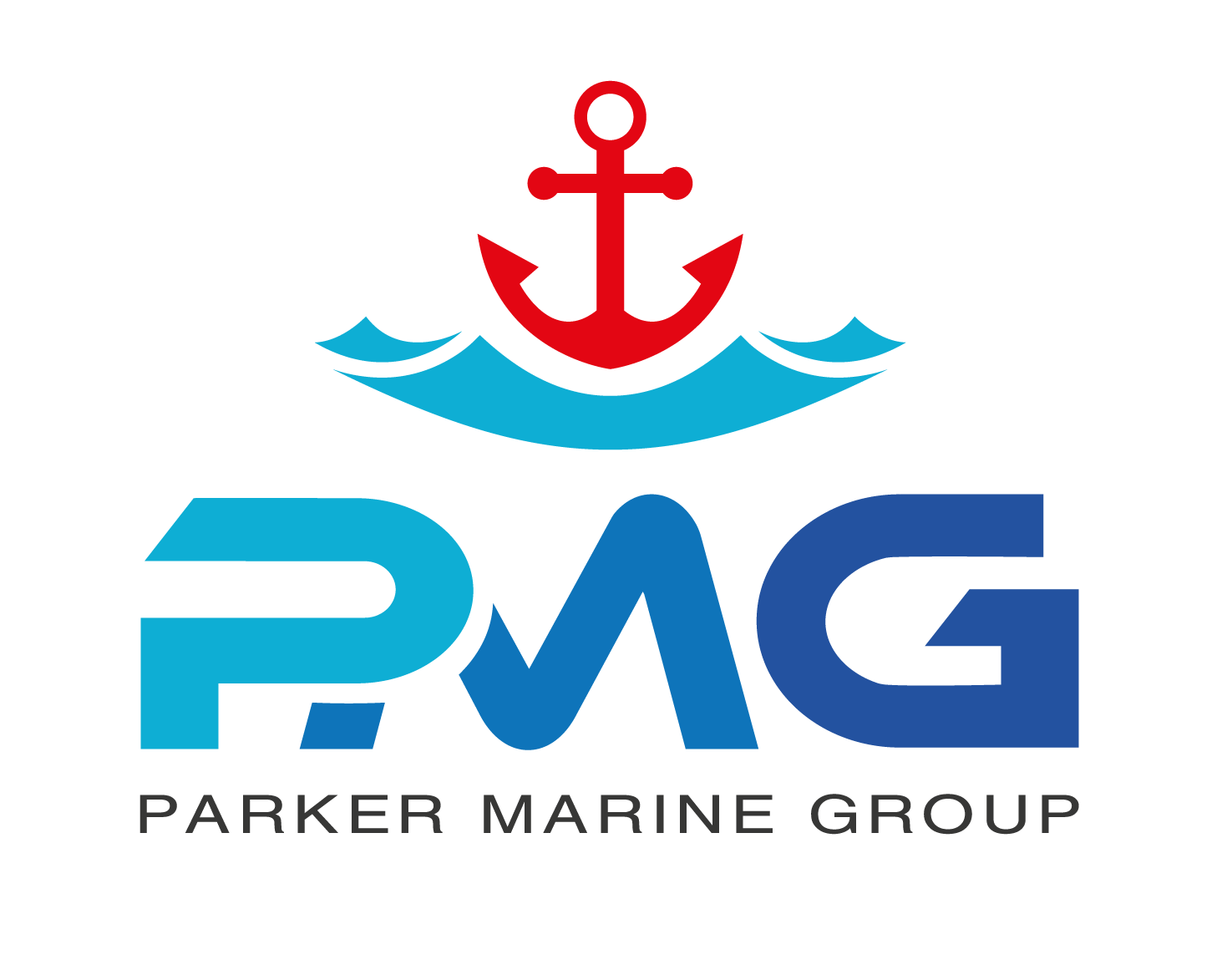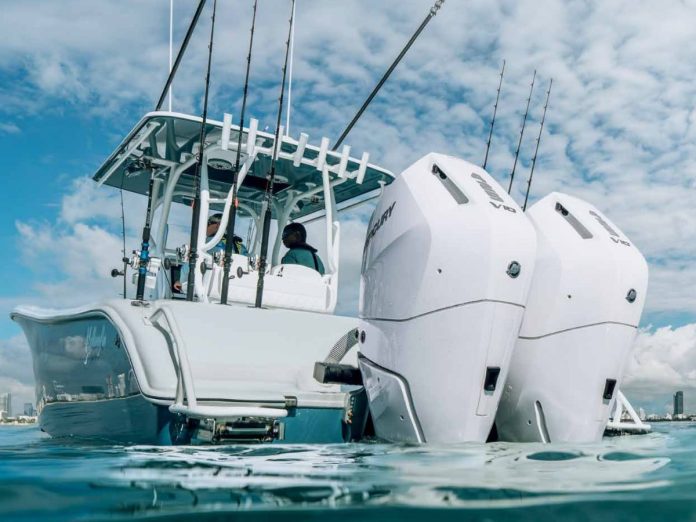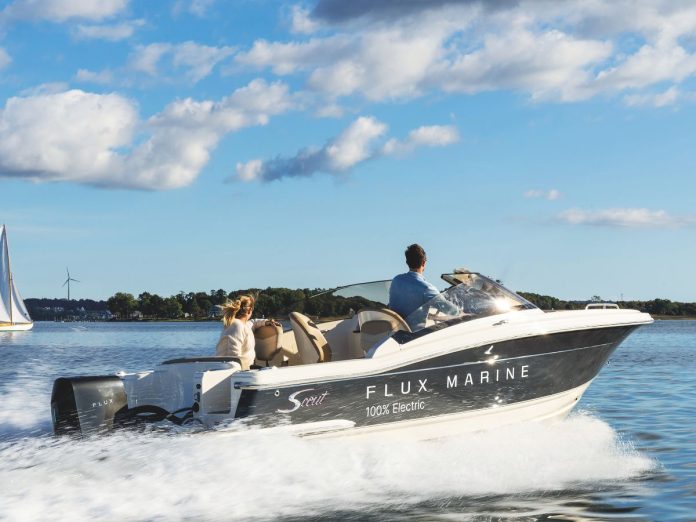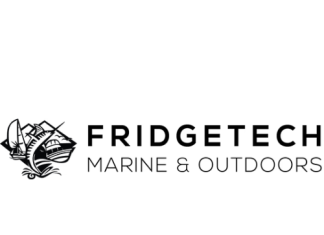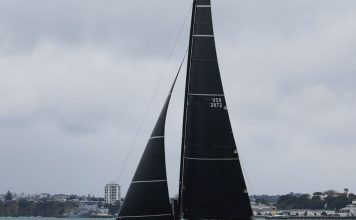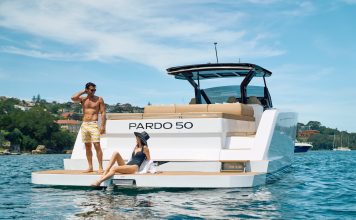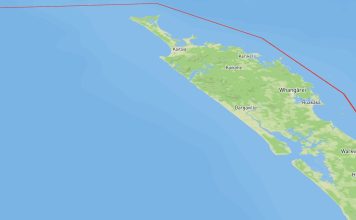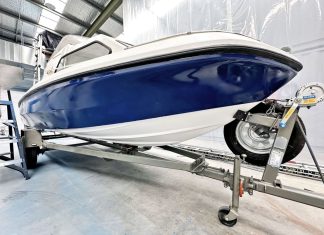“Keep your head down” is the most basic instruction for someone’s first sail in a P Class, or any sailing boat. The boom has long been recognised as a danger when going about, and particularly when gybing.
On larger yachts, the same respect is owed to the mainsheet and its traveller. Several fatal accidents in recent years have brought anguish to crew and heartache to families when the police arrived with tragic news.
In 2023 a person was fatally injured on a yacht returning to New Zealand from the Pacific. An accidental gybe while running in fresh conditions resulted in fatal injuries when the man was struck by the mainsheet.
An accidental gybe at night during the Coastal Classic last year killed Simon Smith when he was slammed by the mainsheet.
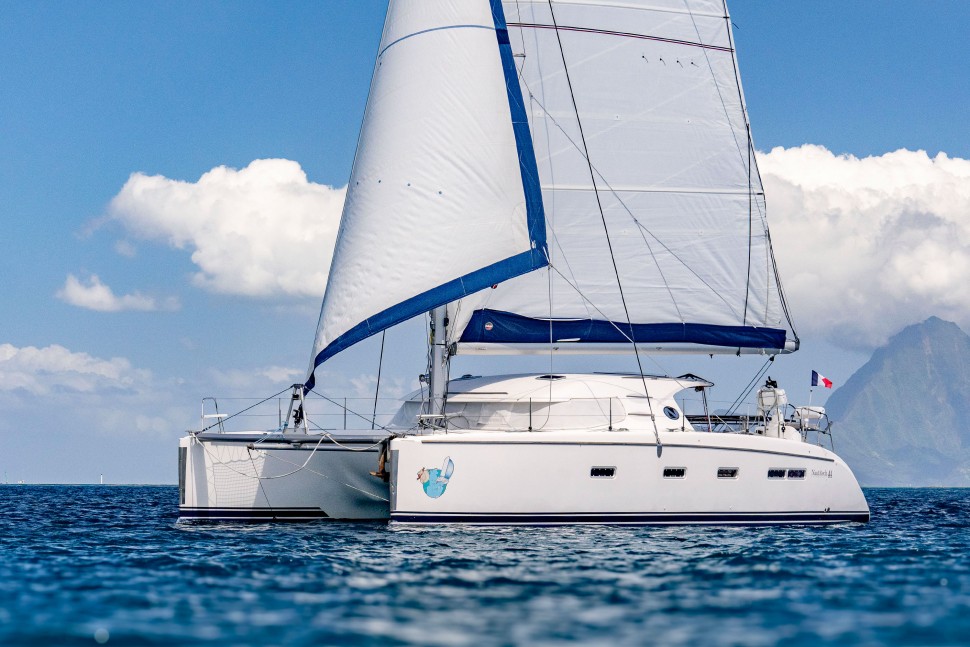
A few years ago, an accidental gybe resulted in two deaths on a yacht sailing to the islands. They were running in strengthening winds under autopilot. The gybe caused the traveller to carry away and the freely-swinging boom and traveller caused severe damage.
A search on-line soon shows New Zealand is not alone with fatal accidents involving mainsheets. In all countries fatal accidents are well publicised, but most injury accidents go unreported.
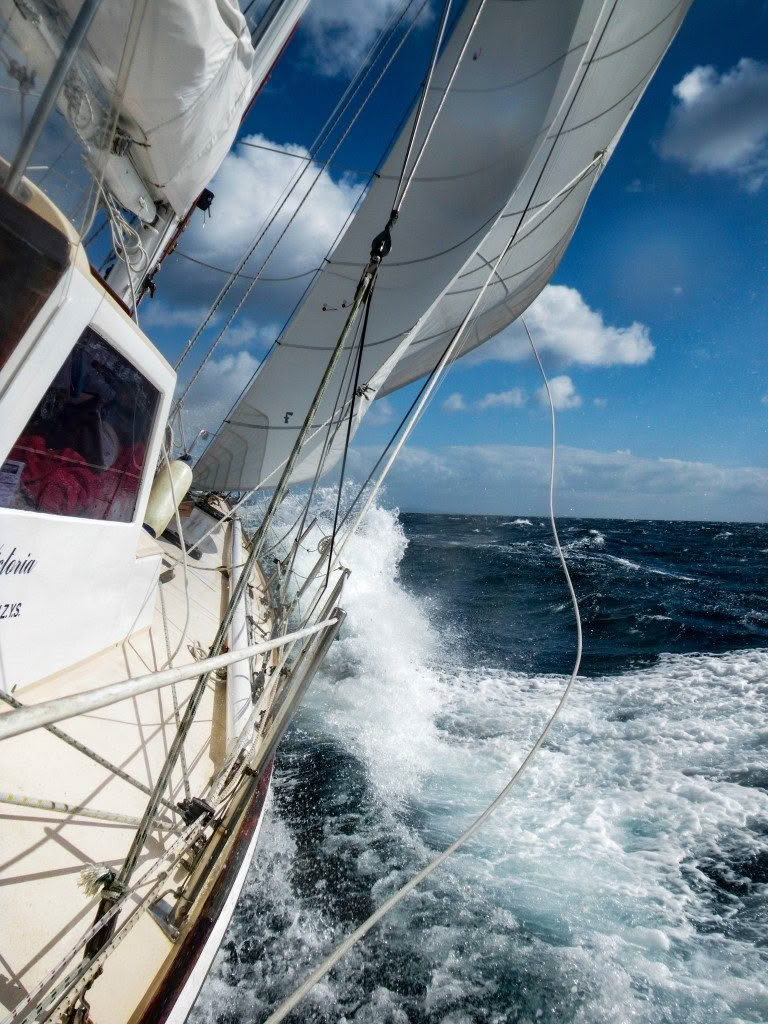
Stuart was thrown onto a winch during a crash gybe on a yacht racing near Tiritiri Matangi. Unconscious from head injuries, he was grabbed by crew as he was slipping overboard and he spent three days in hospital.
At Waiheke, John had his wrist severely mangled by the mainsheet in a sudden wind gust leading to extensive surgery and permanent limitations.
These victims and survivors have one thing in common. All were very capable, experienced sailors. All had ocean sailing and racing experience over many years. All were safety conscious, had training, and many had led safety briefings themselves.
It can be argued that inattention is usually a factor when accidents occur. But this is by no means the case on every occasion. The fact that so many experienced and capable sailors have been injured or killed underlines just how vulnerable we all are to the menace of the mainsheet. Any one of us could be the next victim – no one is exempt from a momentary lapse.
There are many hazards on yachts but most do not result in major injuries. A huge effort has gone into systems and training to prevent and manage ‘man-overboard’ incidents. But the same focus is not evident for boom/mainsheet systems in spite of the number of serious accidents where they are involved.
By far the most dangerous situation is when gybing. Gybes fall into three broad categories.
Fully controlled. The mainsheet is used to centre the boom before altering course to bring the wind around. When the boom is under full control and the sheet kept under tension, the danger is limited to the traveller, which can cause serious injuries. It, too, has to be controlled. On yachts that are not racing, there is no reason to depart from the safest procedure maintaining full control.
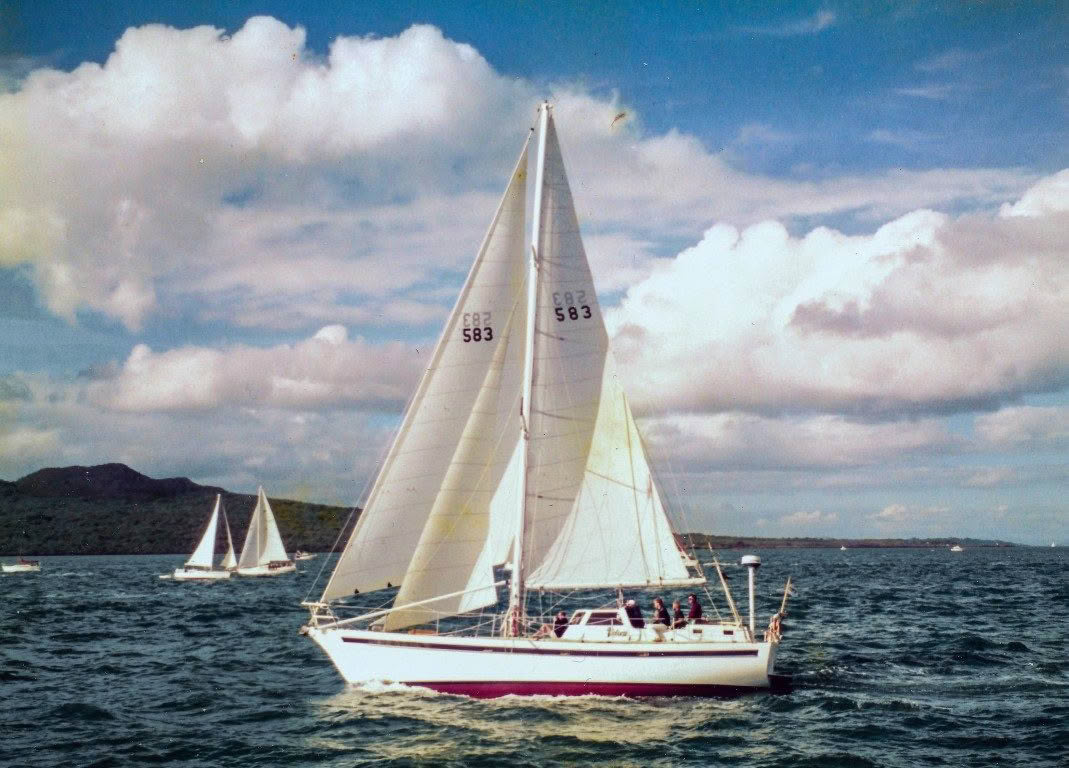
Intended crash gybe. When racing, it is common to allow the boom to crash across, for example when rounding a buoy. This manoeuvre requires skill and training. The risk comes from both the traveller slamming across, and from the mainsheet, which will become slack with loops of sheet able to wrap round persons or fittings before taking up violently. Additionally, the boom is a major danger as it swings across with great force. (I was the Maritime Investigator in a fatal accident when that occurred during a yacht race in Wellington.)
Accidental crash gybe. This is a far more dangerous situation since no one is prepared or warned. Although a helming error can lead to an accidental gybe, it can also result from a sudden wind shift or the yacht being skewed or rolled heavily by a wave.
MANAGING HAZARDS
The dangers related to booms and mainsheet systems are well understood by proficient yachtsmen and their crews who successfully gybe time and again without mishap. Although accidents are infrequent, the results can be horrific.
The first question: Can the hazard be eliminated?
Nearly every yacht has a boom and mainsheet, so total elimination is not practical.
On racing yachts it is common to see the traveller in the cockpit where the sail can be controlled and tweaked to achieve optimum sail shape. The crew needs to be well-trained and aware, with good communication essential.
Most production yachts now have the traveller and mainsheet on the cabin top. Aside from the danger posed by the boom to anyone on deck, the risk from the mainsheet system has been almost fully eliminated. This arrangement has the added advantage of making access to the cabin many times easier.
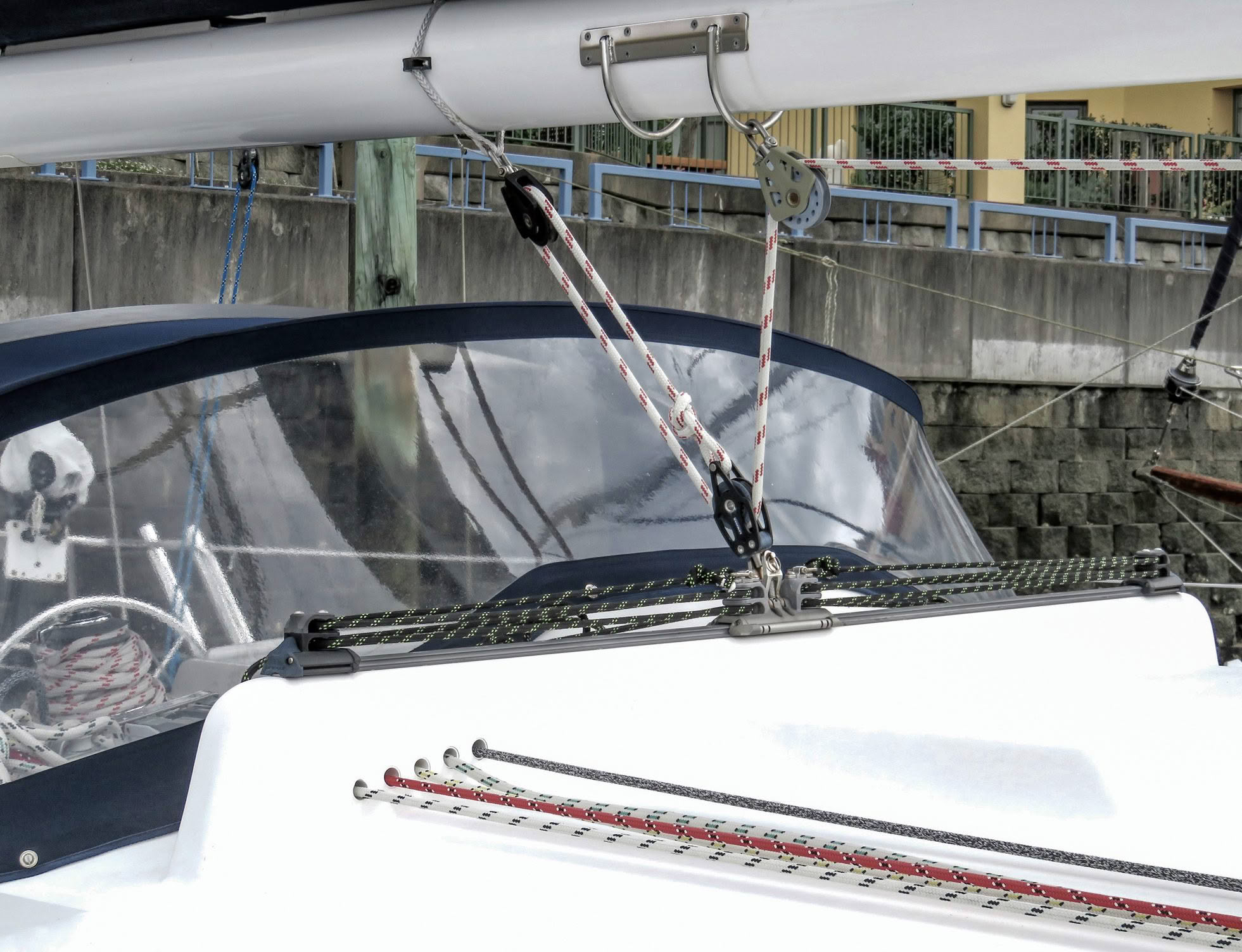
Some yachts have utilised patent boom control systems designed to brake the speed of the boom as it travels across.
Today’s racer frequently becomes tomorrow’s cruiser and a similar layout can be adopted.
The second question: Can everyone be protected from the hazard?
Even if the mainsheet system is removed from the cockpit, the boom still poses a risk along with any possibility of the slack sheet looping downwards.
The boom, and therefore the slackened sheet, can be controlled by using preventers each side. Preventers must lead forward from the outer end of the boom to the foredeck. Some sailors have found it easier to lead a preventer from the boom down to the gunwale below. This has proven to be ineffective as a safety measure and even can be dangerous.
To be effective, a preventer must be easy to rig and to use whenever the sheet is eased. One simple, low-cost system requires a length of suitably strong line permanently in place on each side of the boom. One end is attached to the aft end of the boom and the other end, fitted with a snap-shackle, is stowed on a convenient fitting at the forward end of the boom.
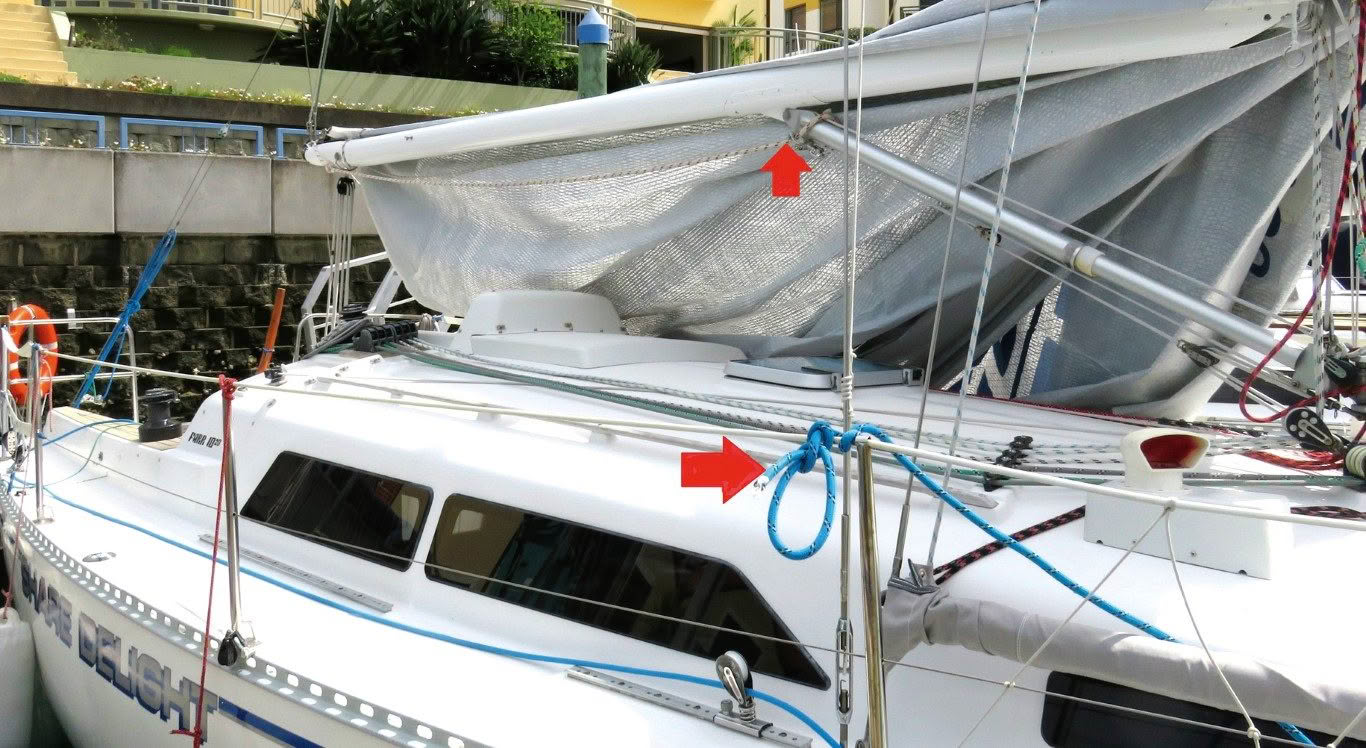
When needed, the snap shackle is clipped to the preventer line where a loop in the end is stowed on the rail adjacent to the shrouds. The preventer line leads forward to a bollard or cleat on deck where it can be adjusted. Alternatively it can pass through a block and be led aft to a winch where it can be tensioned or eased.
Control of the boom is achieved by slowly easing the preventer as the sheet is tightened.
The system is simple and effective but needs to be understood by crew and used whenever the mainsheet is eased out.

The third question: how do we manage this hazard on yachts at sea?
Decisions by the skipper, or whoever is on watch, are key to achieving a safe passage. It is one thing to be racing with a full crew who have been adequately trained, it is quite different with a smaller crew in a non-racing mode.
Sailors wiser than me have said that a yacht sailing to windward will stand more punishment than the crew can take; with the wind aft the crew can take more than the yacht.
When the wind is from aft and increases in speed, we enjoy exhilarating sailing. The boat lifts on the seas and surges ahead.
It is easy to forget a few things. The loads on the rudder and steering system increase quickly and any self-steering or autopilot will be pushed to its limits.
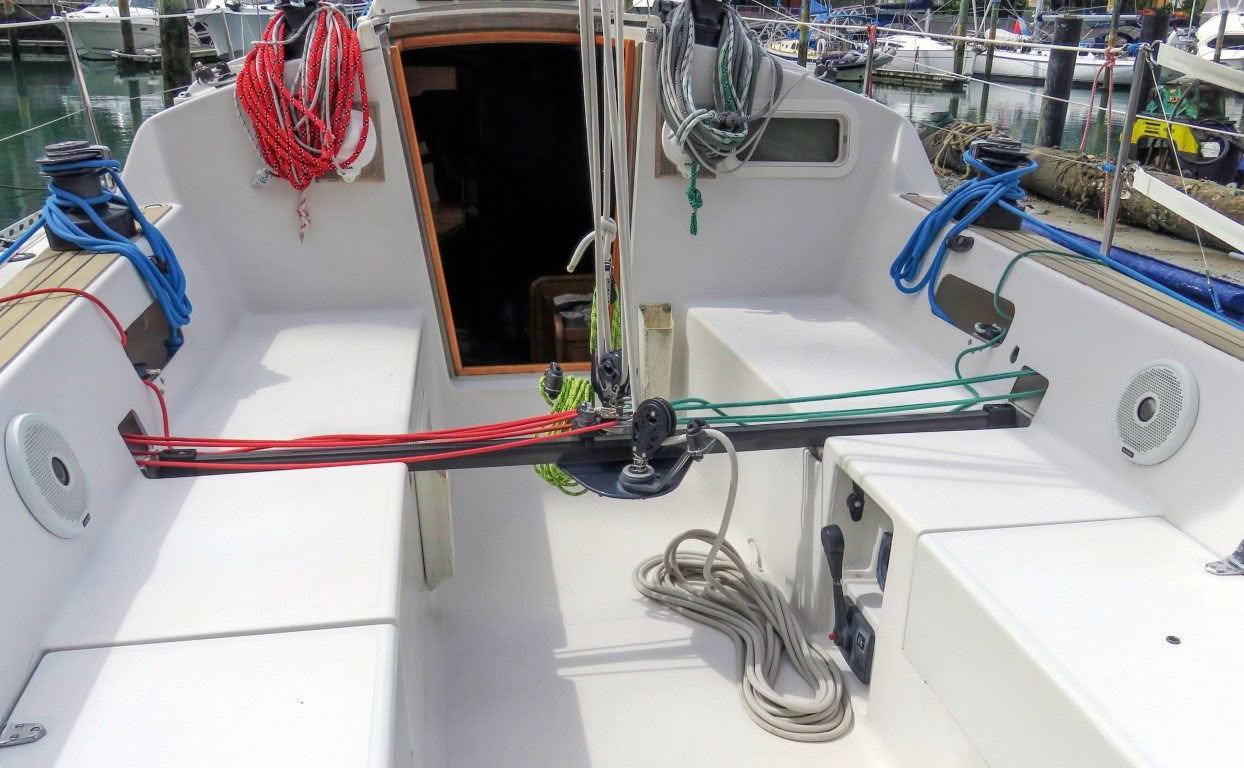
We are all guilty of leaving sail reduction too late, especially when running before increasing winds.
We focus very much on wind speed; it is easy to forget that wind force increases as the square of the wind speed. If the wind speed doubles, the wind force quadruples, affecting not only sails but also wave height and power.
Wind gusts commonly increase the wind speed by 50%. This equates to nearly 100% increase in the wind force.
The drive from mainsails is further aft than the drive from headsails. With the boom eased out, the drive from the sail tends to turn the yacht, adding to steering loads.
When not racing, the mainsail can be dropped completely when the wind is fresh and aft of the beam. The ability to keep sailing at a good speed is greatly enhanced if more than one headsail is carried. The combination of using a staysail and jib (or reefed headsail) provides an excellent option. The yacht sails more comfortably, the loads on the helm drop away and boat-speed falls very little. If wind speed further increases, sail reduction is simple. An accidental gybe is not dangerous.
For offshore sailing it is worth adding an inner forestay and runners at about two-thirds mast height. These stays can be synthetic and soft hanks are available for the staysail and an external halyard is easy to fit.
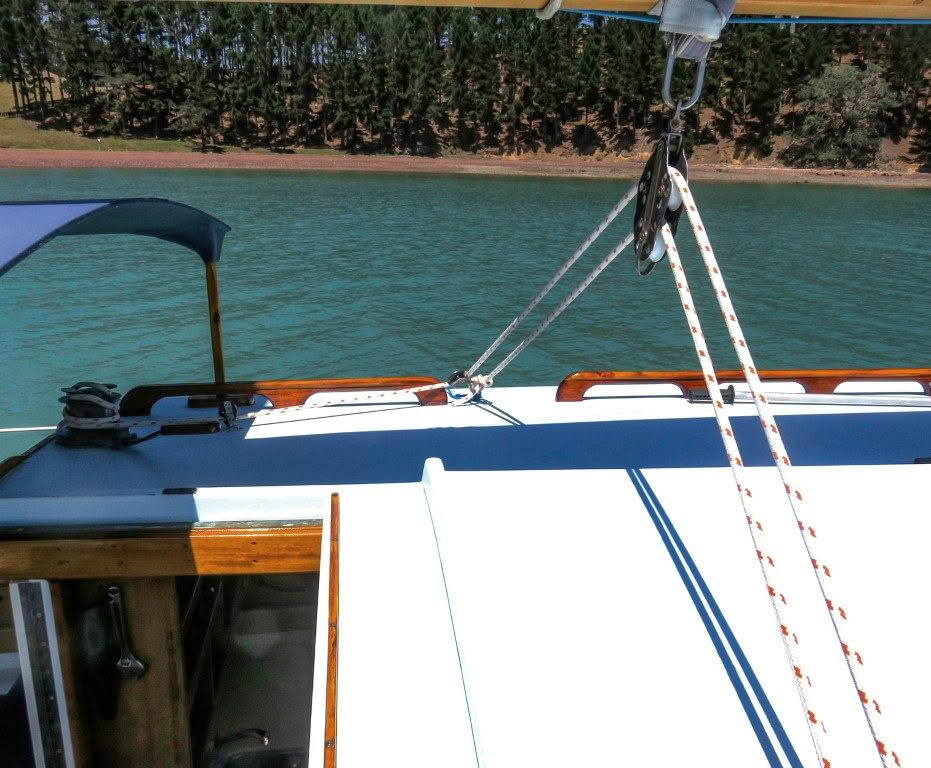
Broaching in strong winds and building seas often results in damage as the yacht comes beam on; waves break heavily over the boat stressing windows and hatches, water often gets below, crew may be needed to come on deck in a hurry and those on deck are vulnerable. With the mainsail dropped, a yacht under headsails will rarely broach, and even then, it will be far less violent.
With the foot off the gas, there is less chance of damage and everyone can enjoy a safe arrival taking just an hour or two longer than sailing flat out.
The writer: Jim Lott has sailed to Europe and returned twice, racing and cruising, once via Japan and Alaska, then via South America and Cape Horn on his yacht Victoria, which he built himself. He worked as a nautical tutor for 25 years and then for Maritime New Zealand for 11 years as a manager and accident investigator, and he has been a Yacht Inspector with Yachting NZ for over 30 years. He is still a skipper on Spirit of New Zealand.











